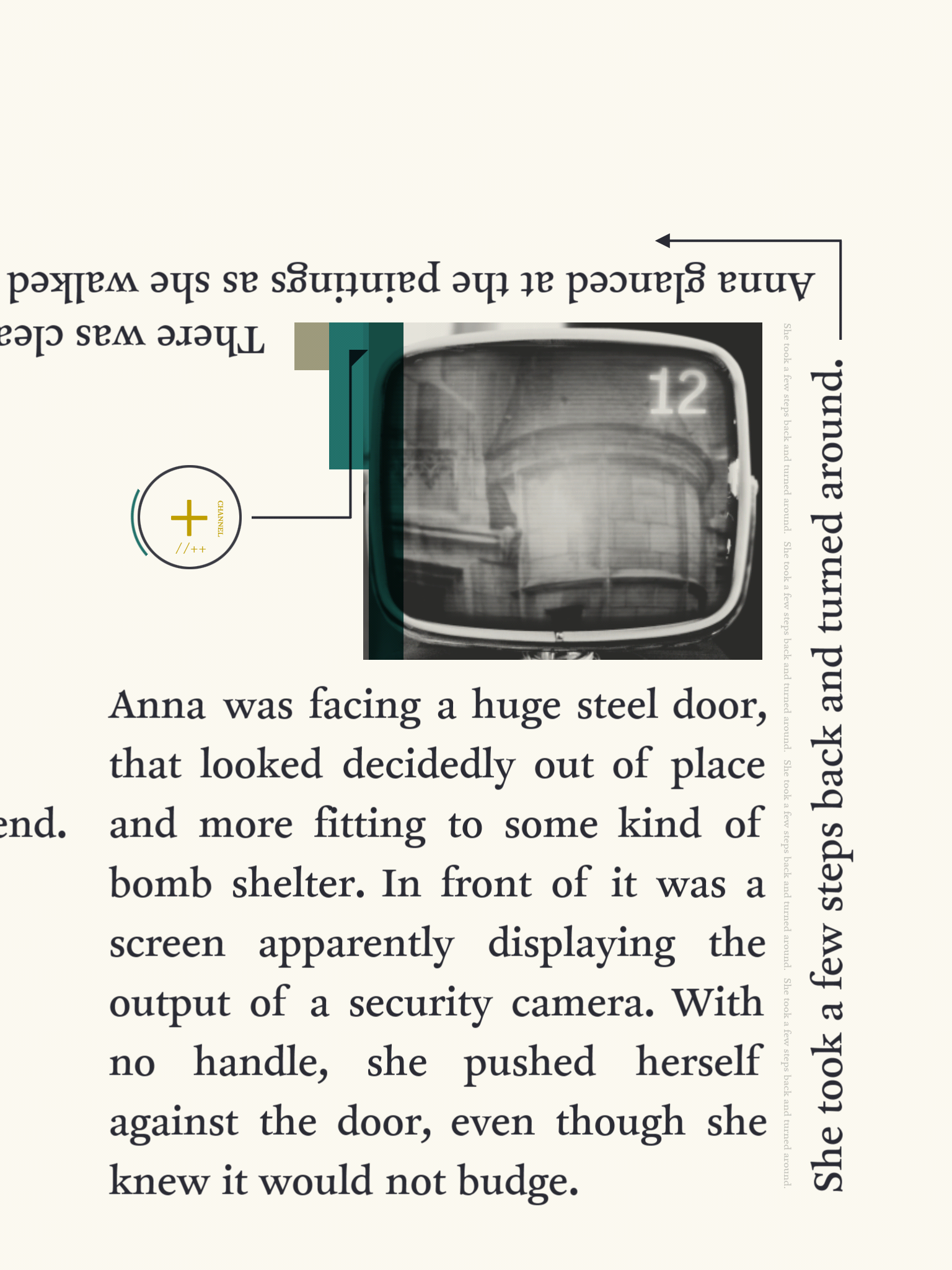Device 6 offers a richly immersive experience by integrating a variety of puzzle types within its narrative framework, ensuring that each chapter provides a unique set of challenges. Players must engage with the game on multiple sensory levels, as puzzles require not only mental dexterity but also an intuitive approach to the story’s unfolding.
Puzzle Types Explained:
1. Symbol and Pattern Puzzles:
These puzzles utilize visual elements such as shapes and icons. An example is the manipulation of a 3×3 grid featuring various geometric shapes and symbolic representations, like the moon or a dog’s head. Players must decipher the relationships and meanings behind these symbols to progress, often unlocking paths or conveying messages through their arrangements.
2. Code and Combination Locks:
Players encounter locks requiring specific combinations that involve careful observation of scattered clues, both numeric and symbolic, found within the story’s context. The narrative tends to offer subtle hints that lead players towards the specific sequences needed, emphasizing the importance of attention to detail.
3. Decoding and Cipher Puzzles:
Puzzles in this category demand players to engage with cryptic messages reminiscent of Cold War communication. The narrative may provide hints or unusual wording that serves as keys to deciphering these encrypted communications, requiring players to draw connections between text and puzzles.
4. Text-Based Exploration Puzzles:
The world of Device 6 is dynamically represented through text, which can shift or branch depending on player choices. This unique design reflects spatial relations, and players must navigate this shifting landscape by interpreting subtle hints woven into the textual descriptions and layout changes.
5. Audio Clues and Logic Tests:
A distinct feature of some puzzles is their reliance on auditory elements. Players must listen intently to recorded sounds or dialogue, making logical deductions based on what they hear. Failing to pay attention to this aspect can lead to missed clues crucial for solving associated puzzles.
6. Meta and Self-Referential Puzzles:
The game goes further by incorporating self-referential elements that challenge players to reflect on their role within the story and puzzle-solving process. These puzzles encourage a deeper analytical approach, prompting players to consider how their interactions influence the narrative.
Interconnected Puzzle Structure:
What sets Device 6 apart is its architecture of puzzles, where major challenges are composed of interconnected smaller puzzles dispersed throughout each chapter. This design not only creates a seamless narrative flow but also enhances player engagement as they piece together these elements to advance the story. Each chapter’s unique puzzle set invites exploration and discovery, making every gameplay experience distinct.
Conclusion:
Device 6 masterfully combines narrative and gameplay through a diverse array of puzzles that engage players on multiple levels. By requiring attention to symbols, codes, audio, and textual nuances, the game captivates its audience, encouraging an immersive adventure that challenges both intellect and sensory perception. Every playthrough is an opportunity to delve deeper into the intricate web of storytelling and puzzle-solving that defines this unique gaming experience.






Leave a Reply